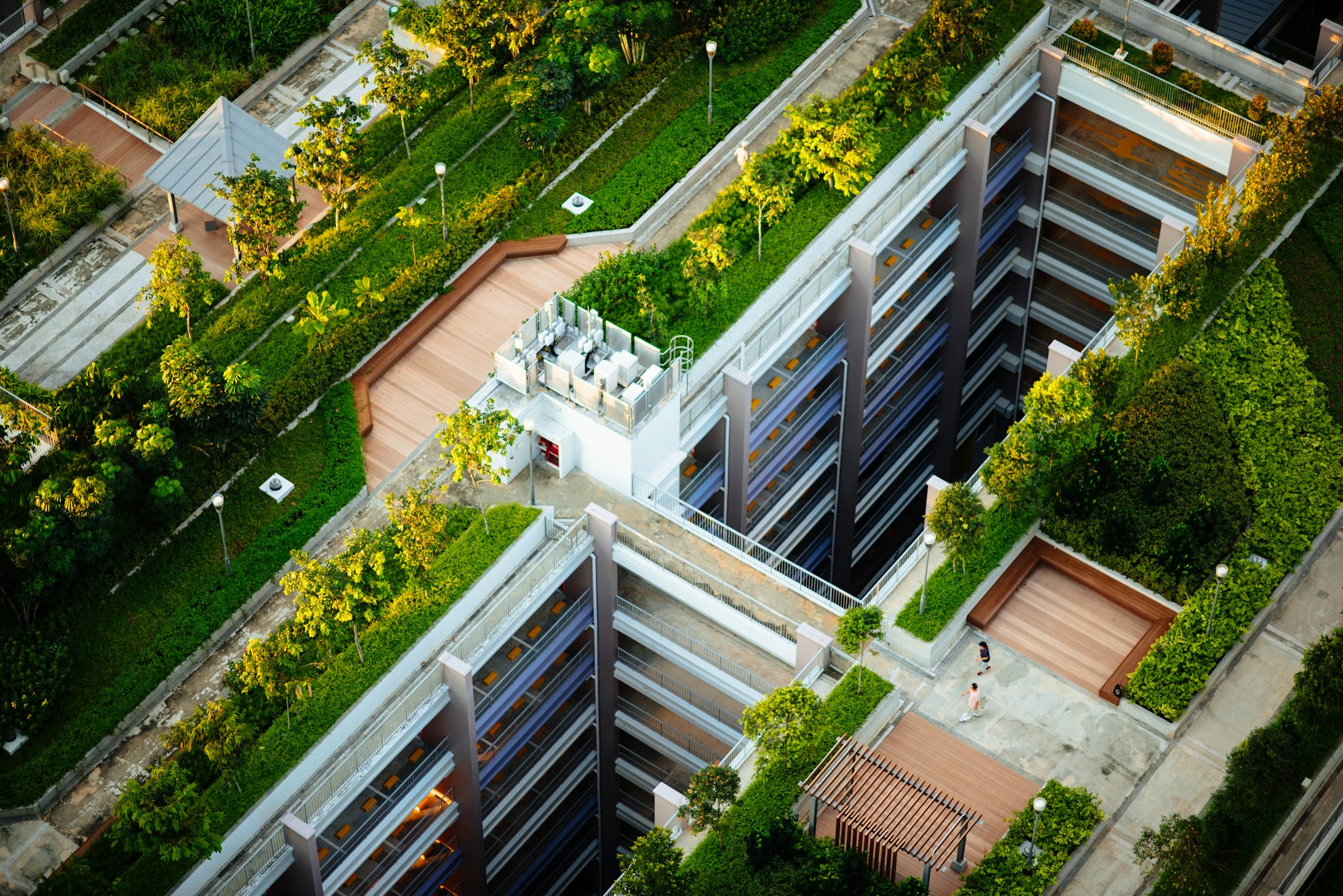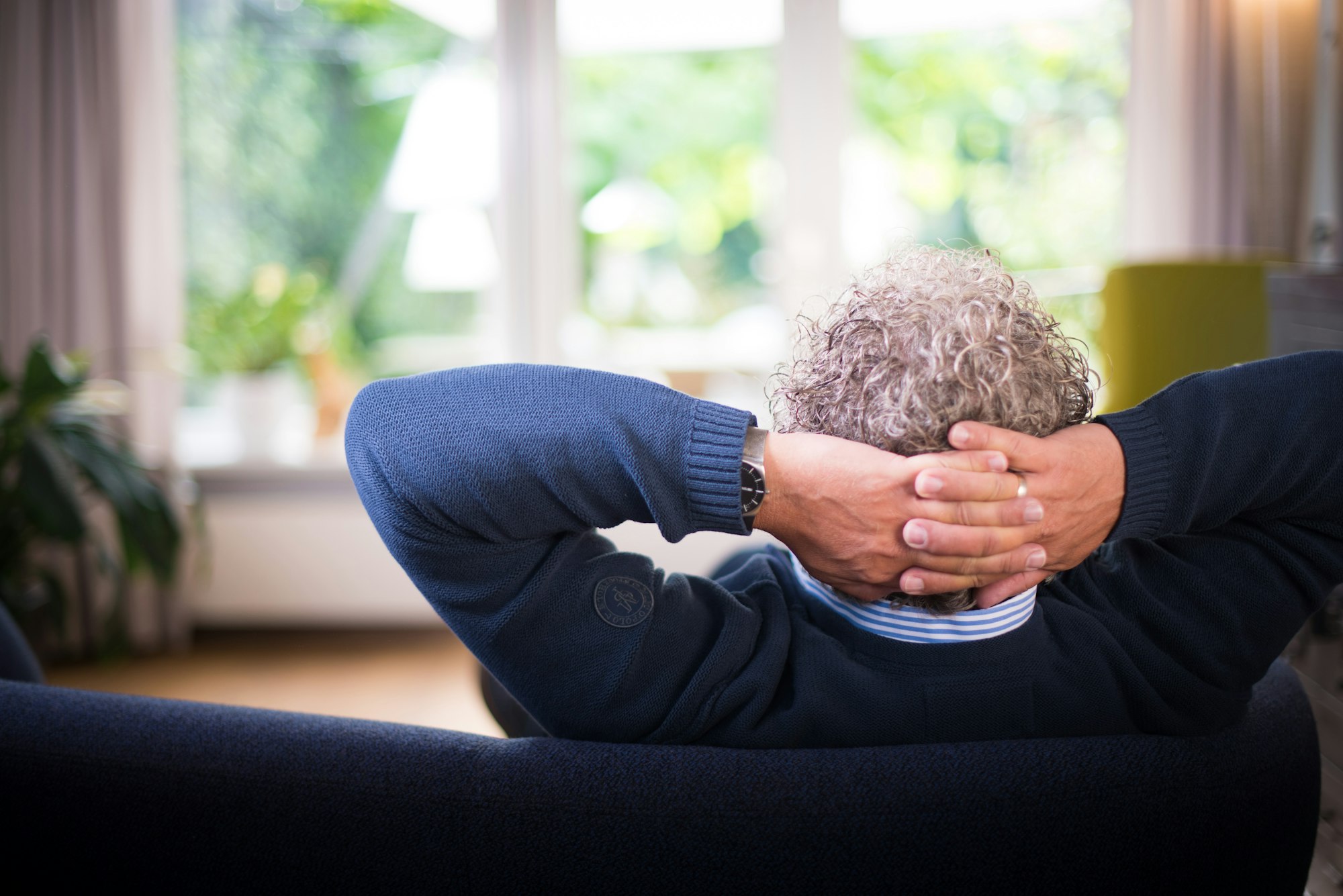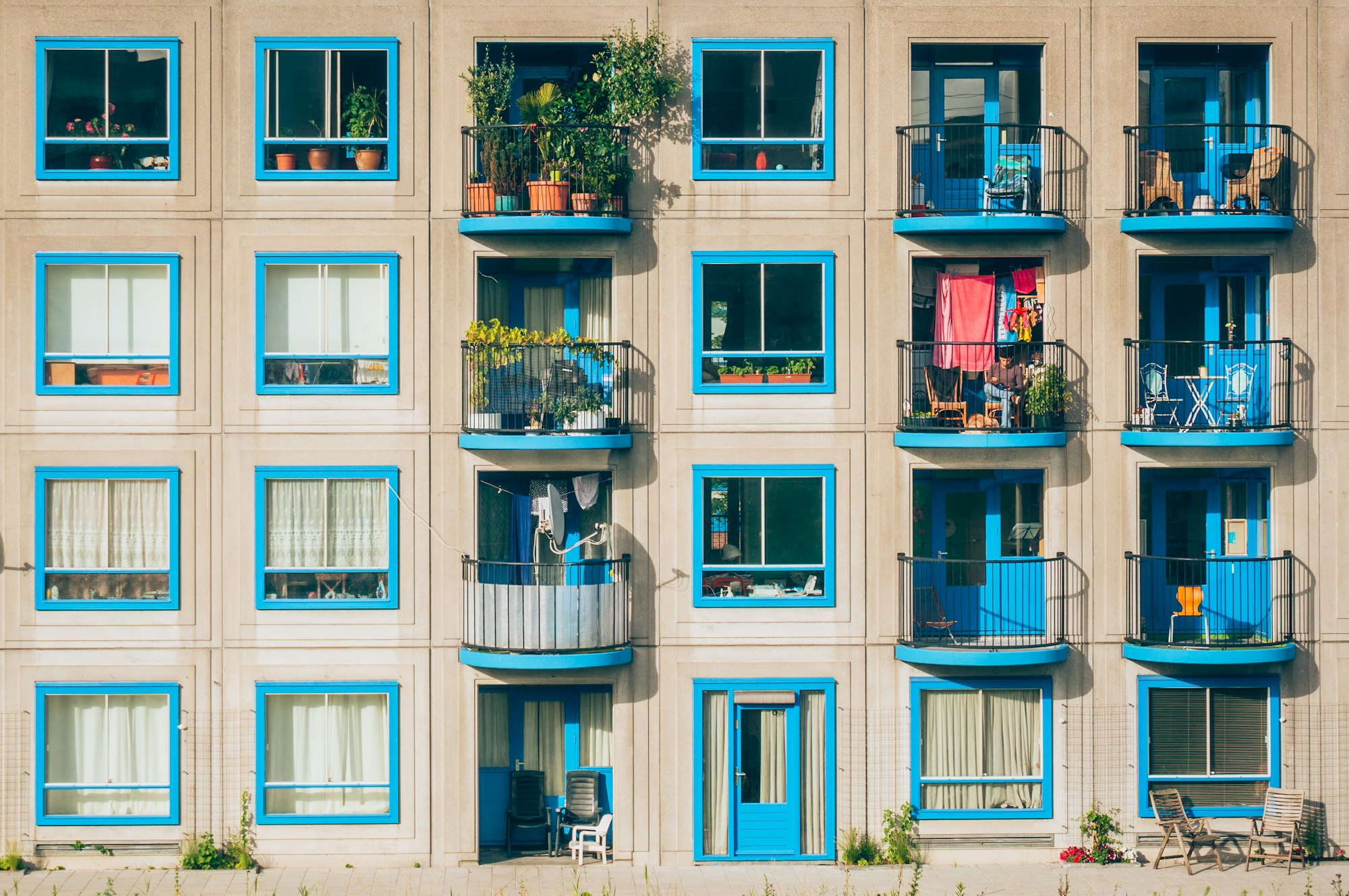The new age of real estate aims to build healthier and more comfortable commercial and residential spaces. While the construction is more expensive and tedious, some argue that the benefits are worth investing in. In this article, we will discuss what wellness real estate is, the industry size and outlook, and the rating scheme used to determine if a building supports good health and well-being.

Is wellness real estate just another idealistic trend? Or can it become the new reality where people can comfortably live their best life? Keep reading to find out!
What is Wellness Real Estate?
Wellness real estate incorporates intentional wellness elements in the design, materials, amenities, services, and programming of commercial and residential establishments. The key goal is to construct commercial and residential spaces optimized to support the health and well-being of their occupants. Wellness real estate takes inspiration from a set of movements beginning in the 1990s, including the green and sustainable building movement.
Health is one of the most important aspects of wellness real estate. In the 21st-century real estate industry, buildings and establishments should not only protect users from wild animals, crimes, and theft. The new age of real estate aims to also protect people from pandemics and health emergencies.

Well-being is just as important. Buildings and establishments need to support the well-being of their occupants to maintain healthy and sustainable spaces. To do this, the amenities, functionality, design, and overall programming must be friendly and person-centric.

Industry Size and Outlook
Wellness real estate was worth $275 billion in 2020, showing a 22.8% CAGR in just three years. Wellness real estate purchases are 10-25% more expensive than traditional real estate. But wellness real estate continues to experience significant growth as the market displays increasing awareness of and fascination with the benefits of spaces that boost well-being.
The Global Wellness Institute (GWI) ranks the top 5 countries where the wellness real estate market is continuously growing:
1. United States ($111 billion)
2. China ($52 billion)
3. Australia ($17 billion)
4. United Kingdom ($15 billion)
5. Japan ($12 billion)
The global industry of wellness real estate has a promising outlook. By 2025, expert projections estimate the value of wellness real estate to reach $580 billion, with a 16.1% CAGR.
The Philippine Wellness Rating Scheme
In September 2022, the Philippine Green Building Council (PHILGBC) introduced the Health and Well-being rating scheme. It is a tool for measuring, monitoring, and certifying the performance of construction projects based on health, comfort, lifestyle, and social and environmental priorities beneficial to the health and well-being of users.
PHILGBC is an association of public and private sector leaders coming from more than 300 organizations. It introduces and shares knowledge about green and innovative design and construction solutions in the Philippines. PHILGBC campaigns for transforming design, construction, and management methods to build safe, healthy, and responsible practices leading to a good quality lifestyle.
Core Framework of the Wellness Rating Scheme
The Health and Well-being rating scheme aims to champion wellness real estate. Its core framework has five categories: health, comfort, lifestyle, social, and environment
Health
The health category aims to facilitate the implementation of programs that are supportive of the users’ physical and mental health. The key parameters ensuring that the building spaces are healthy and safe include the promotion of health and well-being programs, enhanced occupational safety and health, access to mental health programs, good indoor air quality, low VOC environment, presence of microbial controls, restorative opportunities, and availability of health programs and services.

Comfort
The comfort category focuses on keeping spaces efficient, highly functional, and supportive of all the users’ needs. Simply put, spaces should be ergonomically designed for everyone, ensuring that a building receives an optimal level of heat, sufficient natural lighting, and an appropriate amount of noise.

More specifically, the parameters include daylight access, visual comfort, acoustic comfort, indoor thermal comfort, outdoor thermal comfort, pedestrian wind comfort, and design for all.
Lifestyle
The lifestyle category seeks to cultivate positive health and behavior inside a building. This entails that healthy food choices should be affordable and accessible. Spaces and programs must also be conducive to maintaining an active lifestyle. More importantly, amenities and activities should help users in combating diet-related conditions like cardiovascular diseases.

The key parameters under this category emphasize mobility and nutrition through pedestrian mobility, mass transportation access, availability of cyclists' amenities, local food access, presence of food preparation and meals amenities, nutrition management, hygiene support, physical activity opportunities, access to physical space and equipment, and tobacco use cessation.
Social
The social category aims to nurture healthy and supportive communities where the users can build and engage in fruitful connections. There should be no place for discrimination in the building. Programs must embrace diversity, promote inclusivity, and provide social support.

In addition, the social category should also implement emergency preparedness measures and awareness campaigns about substance use. A building should be able to keep its users safe from the external and internal crises they face.
Environment
The environment category ensures the quality of materials used in a building’s construction. It also facilitates the creation of green spaces to blend daily life with nature. A good rating in the environment category means the green spaces are high in biodiversity, and they help improve the air quality while lessening urban heat.

The end goal of this category is to offer spaces conducive to good physical and mental health. The key parameters include a green building certification, access to nature, urban agriculture, good waste management, clean drinking water, good water quality management, materials restrictions, and materials transparency.
To learn more about PHILGBC’s Health and Well-being rating scheme, relevant processes, and compliance documents, read more here.
